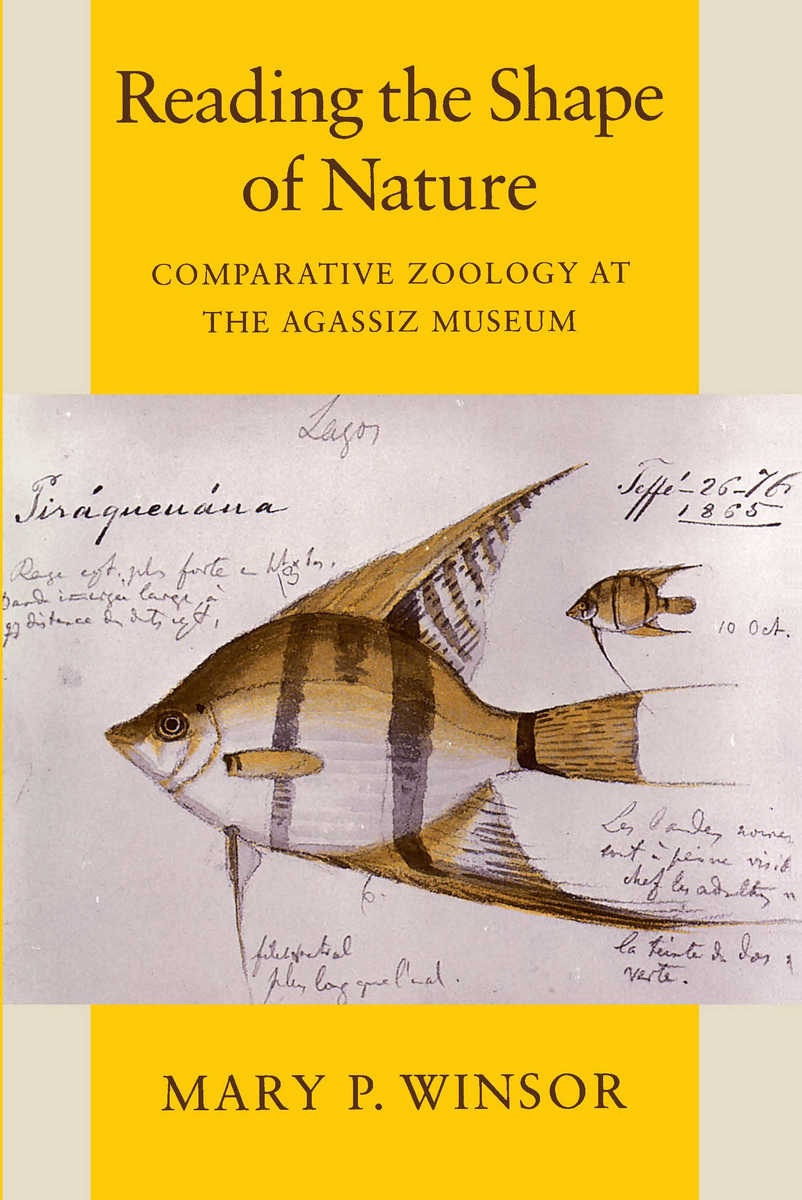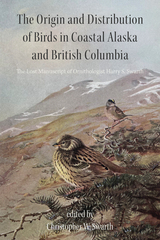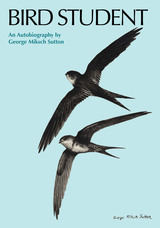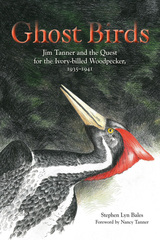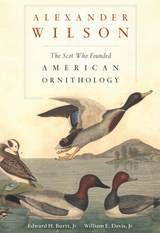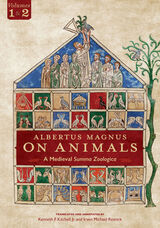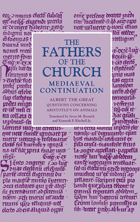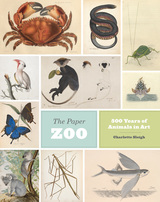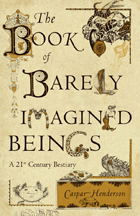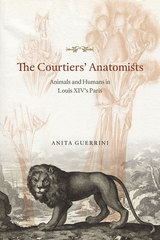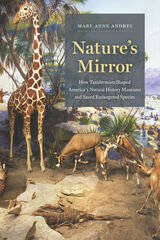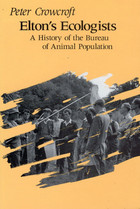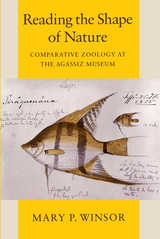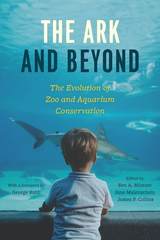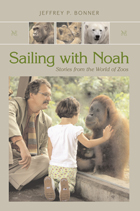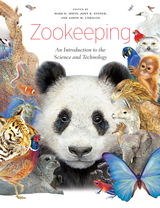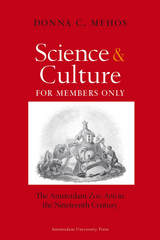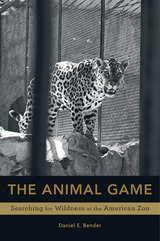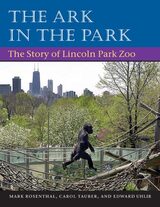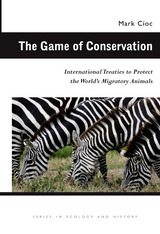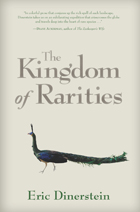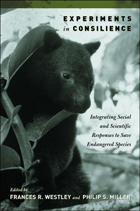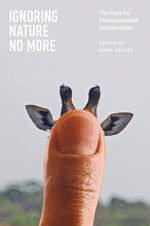Reading the Shape of Nature: Comparative Zoology at the Agassiz Museum
University of Chicago Press, 1991
Paper: 978-0-226-90215-9 | eISBN: 978-0-226-90208-1 | Cloth: 978-0-226-90214-2
Library of Congress Classification QL71.U62C358 1991
Dewey Decimal Classification 574.012
Paper: 978-0-226-90215-9 | eISBN: 978-0-226-90208-1 | Cloth: 978-0-226-90214-2
Library of Congress Classification QL71.U62C358 1991
Dewey Decimal Classification 574.012
ABOUT THIS BOOK | AUTHOR BIOGRAPHY | TOC | REQUEST ACCESSIBLE FILE
ABOUT THIS BOOK
Reading the Shape of Nature vividly recounts the turbulent early history of the Museum of Comparative Zoology at Harvard and the contrasting careers of its founder Louis Agassiz and his son Alexander. Through the story of this institution and the individuals who formed it, Mary P. Winsor explores the conflicting forces that shaped systematics in the second half of the nineteenth century. Debates over the philosophical foundations of classification, details of taxonomic research, the young institution's financial struggles, and the personalities of the men most deeply involved are all brought to life.
In 1859, Louis Agassiz established the Museum of Comparative Zoology to house research on the ideal types that he believed were embodied in all living forms. Agassiz's vision arose from his insistence that the order inherent in the diversity of life reflected divine creation, not organic evolution. But the mortar of the new museum had scarcely dried when Darwin's Origin was published. By Louis Agassiz's death in 1873, even his former students, including his son Alexander, had defected to the evolutionist camp. Alexander, a self-made millionaire, succeeded his father as director and introduced a significantly different agenda for the museum.
To trace Louis and Alexander's arguments and the style of science they established at the museum, Winsor uses many fascinating examples that even zoologists may find unfamiliar. The locus of all this activity, the museum building itself, tells its own story through a wonderful series of archival photographs.
In 1859, Louis Agassiz established the Museum of Comparative Zoology to house research on the ideal types that he believed were embodied in all living forms. Agassiz's vision arose from his insistence that the order inherent in the diversity of life reflected divine creation, not organic evolution. But the mortar of the new museum had scarcely dried when Darwin's Origin was published. By Louis Agassiz's death in 1873, even his former students, including his son Alexander, had defected to the evolutionist camp. Alexander, a self-made millionaire, succeeded his father as director and introduced a significantly different agenda for the museum.
To trace Louis and Alexander's arguments and the style of science they established at the museum, Winsor uses many fascinating examples that even zoologists may find unfamiliar. The locus of all this activity, the museum building itself, tells its own story through a wonderful series of archival photographs.
See other books on: 1835-1910 | Classification | Harvard University | Naturalists | Reading
See other titles from University of Chicago Press
